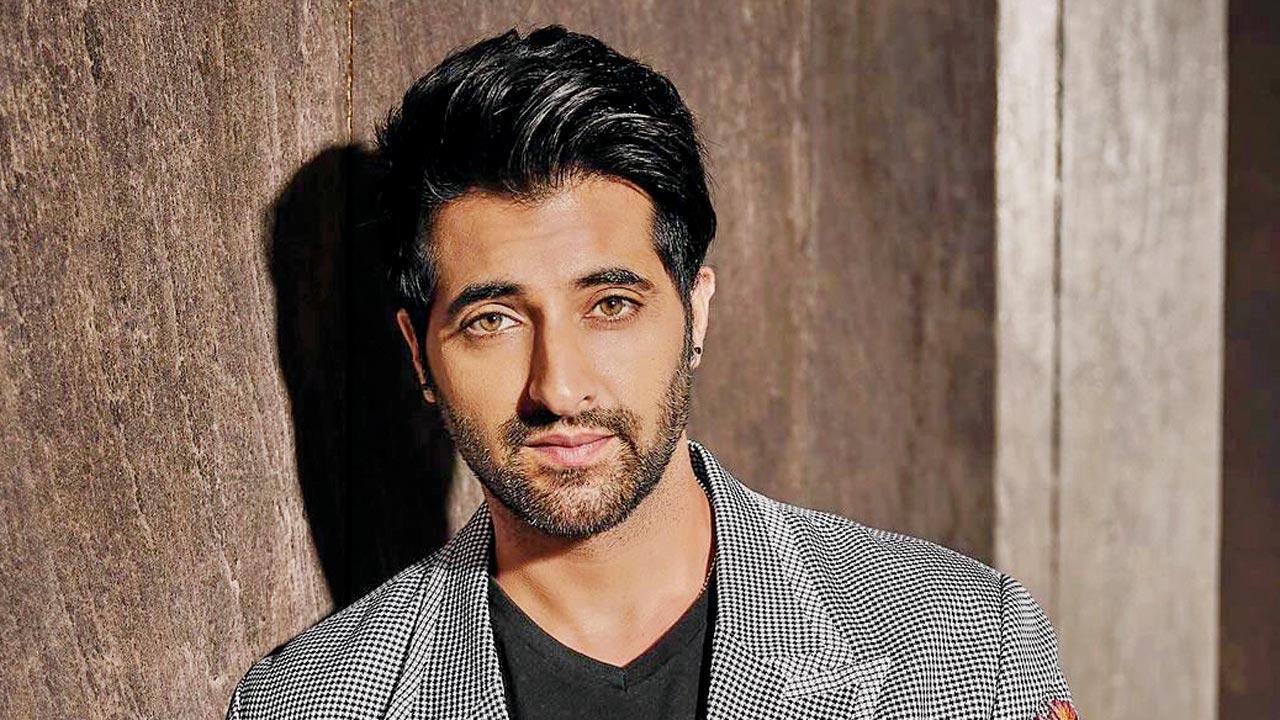
In an industry often defined by its dichotomy of good versus evil, actor Akshay Oberoi is navigating the intriguing complexities of morally ambiguous characters. With his latest venture, Dil Hai Gray, Oberoi steps into the shoes of a software engineer who leverages technology to weave a suspenseful cat-and-mouse game between himself and Vineet Kumar Singh’s character. Directed by Susi Ganesan, this gripping tale is far from your conventional hero-villain storyline.
“I believe that all-white or all-black roles are quite monotonous. It’s that sweet spot in between, the shades of grey in a character, that draw most actors,” Oberoi explained. “Despite the grey elements, my character embodies hints of heroism and redemption. It’s about creating a complex, layered portrayal that keeps the audience guessing.”
In an industry where actors often look to their predecessors for inspiration, Oberoi is no exception. To bring authenticity and depth to his character, he delved into some of Bollywood’s most memorable portrayals of morally ambiguous villains. Among his chief influences were Saif Ali Khan’s portrayal of Langda Tyagi in Omkara (2006), Nawazuddin Siddiqui’s chilling depiction of Ramanna in Raman Raghav 2.0 (2016), and Ranveer Singh’s extravagantly eccentric Alauddin Khilji in Padmaavat (2018).
“Saif’s Langda Tyagi was a character shrouded in evil but also had moments of softness. I tried to channel that blend when portraying my role. The subtleties in his evilness had a certain ease that was very interesting,” Oberoi said. “Khilji, on the other hand, was outright malevolent yet had almost comical eccentricities because of his unpredictable behavior and expressions. These nuances made it a great reference point for me.”
Dil Hai Gray sees Oberoi portraying a tech-savvy antagonist who manipulates digital platforms to serve his agenda, a contemporary take on villainy fitting for a world increasingly enmeshed in technology.
“To bring life to such a character, you need to start with a solid foundation. Observing and, in some ways, embodying characteristics from iconic roles helps in achieving that depth.
. Characters like Ramanna’s in Raman Raghav, with their psychological intricacies and dark charm, offer a treasure trove of inspiration,” Oberoi noted.
Indeed, Nawazuddin Siddiqui’s performance as Ramanna stood out for its unsettling realism. The character’s moral corruption was chilling yet grounded in eerie authenticity, and these attributes served as significant inspiration for Oberoi.
“Ramanna was terrifying because he was so real. There was a strange allure in his malevolence, something fundamentally human but horribly twisted,” Oberoi remarked. He further added, “Taking cues from such characters helps in creating a role that’s not just a one-dimensional villain but someone who could exist in the real world, with motivations and fears that audiences can relate to, even if they’re abhorrent.”
The intricacies of Oberoi’s role in Dil Hai Gray are emblematic of a broader trend in cinema where audiences are increasingly drawn to complex characters that defy the conventional hero-villain binary. Such roles require a delicate balance of characteristics, making them fascinating to both portray and watch.
“The lines between hero and villain are often blurred in real life. That’s the nuance I aim to bring to my character. It’s about presenting a person who’s deeply flawed yet not entirely irredeemable, someone who operates within shades of grey,” Oberoi commented. He believes this depth makes stories more engaging, as audiences can see parts of themselves or someone they know in these multifaceted characters.
Reflecting on his preparation for the role, Oberoi detailed the extensive research and dedication involved. He scrutinized performance intricacies, dialogues, and even the physical mannerisms of his inspirations. This methodical approach has allowed him to build a character that feels both new and familiar, echoing the complexity of his influences.
“The effort is to present a character that blends the subtlety of Langda Tyagi, the unpredictability of Khilji, and the stark realism of Ramanna. You need to mix these elements finely and add your originality to create something truly gripping,” he stated.
With Dil Hai Gray gearing up for release, audiences are set to experience Oberoi’s nuanced performance, one born from a rich tapestry of iconic villains, woven into a unique narrative that challenges and redefines traditional character arcs. As Oberoi steps into this morally grey territory, he not only pays homage to the legacy of complex villainous roles but also sets the stage for a new standard in multifaceted character portrayals.












